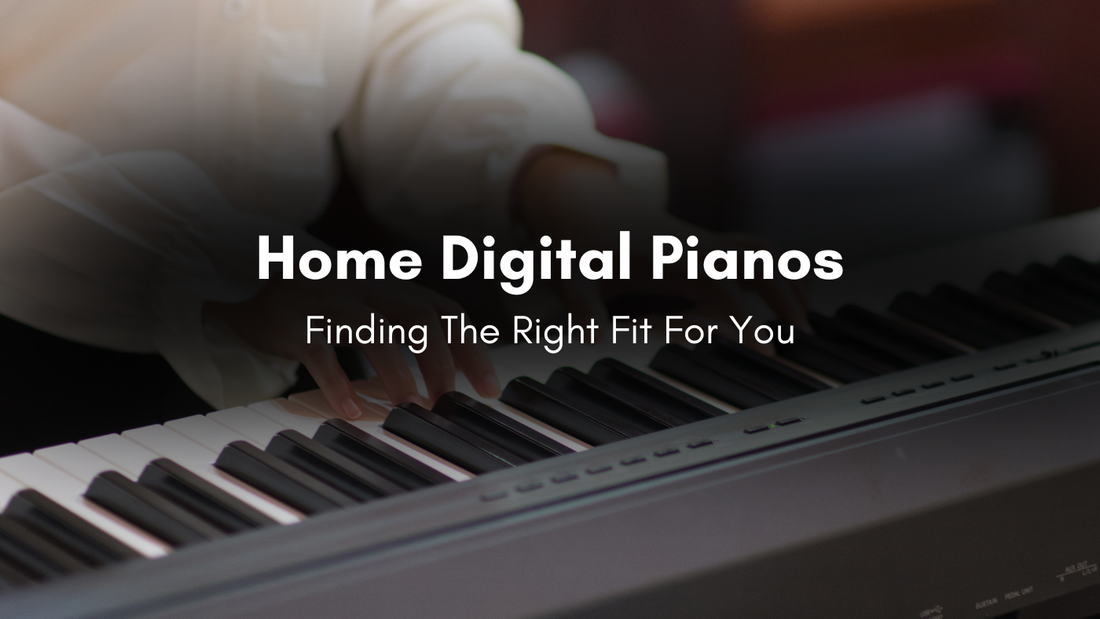
Consumer Digital Pianos & Keyboards: Finding the Right Fit
Share
Acoustic vs Digital is the debate that divides piano teachers everywhere.
I, James Baker, being of (relatively) sound mind, can say with confidence: I LOVE an acoustic piano, and I LOVE a digital piano.
There is nothing like the control and tonal depth of a great acoustic instrument, but modern pianists need more. We need flexibility, connectivity and portability. Recording, practising quietly, and playing in small spaces are all easier with digital pianos.
So instead of arguing over which is better, this guide breaks down the wide world of digital instruments, focusing on the consumer-level pianos and keyboards most suitable for home use and learners.
James Baker has been an active performing musician since 2005. His career spans live gigs, recording sessions, theatre, and teaching, giving him a well-rounded view of what pianists really need at every stage of learning.
Before You Start: Know the Basics
A few key terms you will come across:
- Touch Sensitivity: How the volume changes depending on how hard you strike the keys. Essential for developing dynamics.
- Weighted Keys: Mimic the feel of a real piano with a heavier touch.
- Semi-Weighted Keys: Lighter than a piano, but still offer some resistance.
- Non-Weighted Keys: Very light and easy to press; common in entry-level keyboards.
- Number of Keys: A full piano has 88 keys; some keyboards have 61, 76, or fewer.
- USB/MIDI: Lets you connect your keyboard to a computer or tablet for recording or learning apps.
- FX (Effects): Reverb, chorus, tremolo and other sound modifiers.
- Action: Refers to how the keys respond when played.
If you are a new or returning pianist, you will almost certainly be shopping among the consumer pianos and keyboards below.
Beginner / Portable Keyboards
Key Action: Non-weighted (light touch)
Keys: Usually 61; sometimes 49 or 76
Sounds: Lots of variety, lower quality
Interface: Simple, often includes built-in rhythms and songs
FX: Minimal control
These are fun, accessible and affordable. Perfect for early learners and kids who are exploring whether piano is for them. Expect bright colours, hundreds of built-in tones and demo songs galore.
However, they are more of a starting point than a long-term instrument. If you stick with lessons you will outgrow them quickly, especially if you are developing piano technique.
Important: Some cheaper models do not include touch sensitivity, meaning you cannot play softer or louder, which is a huge limitation for piano study.
Recommended Models:
- Roland GoKeys
- Yamaha PSR Series
- Casio CT-S Series
Summary: Great fun for beginners and families. Expect to upgrade within 6 to 12 months.
Portable Digital Pianos
Key Action: Fully weighted (check before buying)
Keys: 88 (standard)
Sounds: High-quality piano tones, plus a few extras such as Rhodes, strings and harpsichord
Interface: Simple, easy to use
FX: Basic control options
Portable pianos strike the perfect balance between realistic piano feel and everyday practicality. They are ideal for students, adults returning to piano, or anyone who needs a lightweight instrument that still feels authentic.
Most are compact, easy to move and can double as a stage piano for small gigs or rehearsals.
Tip: Each brand has an entry-level and upper-level option. The higher you go, the more expressive the key action and sound quality.
Recommended Models
Entry Level: Yamaha P-225, Roland FP-30X, Casio PX-S1100, Kawai ES120
Upper Level: Yamaha P-525, Roland FP-90X, Casio PX-S6000, Kawai ES920
Summary: The most popular choice for students and home players. Feels great, sounds great and lasts for years.
Home Digital Pianos
Essentially the same as portable pianos, but built to stay put. They come with furniture-style cabinets, fixed pedals and often better speaker systems.
Key Action: Weighted, often graded hammer action on higher-end models
Sounds: More sophisticated tone engines and layering options
Design: Looks like a piece of furniture, perfect for living rooms or teaching studios
FX and Features: Vary by model; often include built-in recording or Bluetooth apps
Cheaper models do the essentials beautifully while pricier ones replicate the acoustic piano experience more convincingly with wooden keys, upgraded speakers and advanced tone modelling.
Recommended Models:
- Yamaha: Clavinova, Arius, Portable Grand
- Roland: HP, LX Series
- Kawai: CN, CA Series
Summary: Ideal for homes and teaching studios. Realistic, great feel, and no tuning required.
Hybrid Pianos
If you want the feel of a grand piano but the benefits of digital, hybrids are where technology shines.
They use real piano actions, sometimes full wooden keys and hammers, but replace the strings with digital sound engines. The result is a very realistic piano experience without the tuning, the bulk, or the noise.
They are the pinnacle of home digital instruments and yes, they are pricey, but worth it for serious pianists.
Recommended Models:
- Yamaha AvantGrand Series
- Kawai Novus Series
- Casio Bechstein Series
Summary: The closest thing to an acoustic piano without owning one. Premium, inspiring and built to last decades.
Final Advice: Try Before You Buy
Every pianist has their own preferences. What feels perfect to me might feel completely wrong to you.
Before you buy:
- Visit a music store and play as many instruments as you can.
- Focus on feel, such as key action, and sound, not just features.
- Stick to trusted brands: Yamaha, Roland, Kawai, Casio, Korg, Nord, Kurzweil.
And most importantly, choose the piano that makes you want to sit down and play.
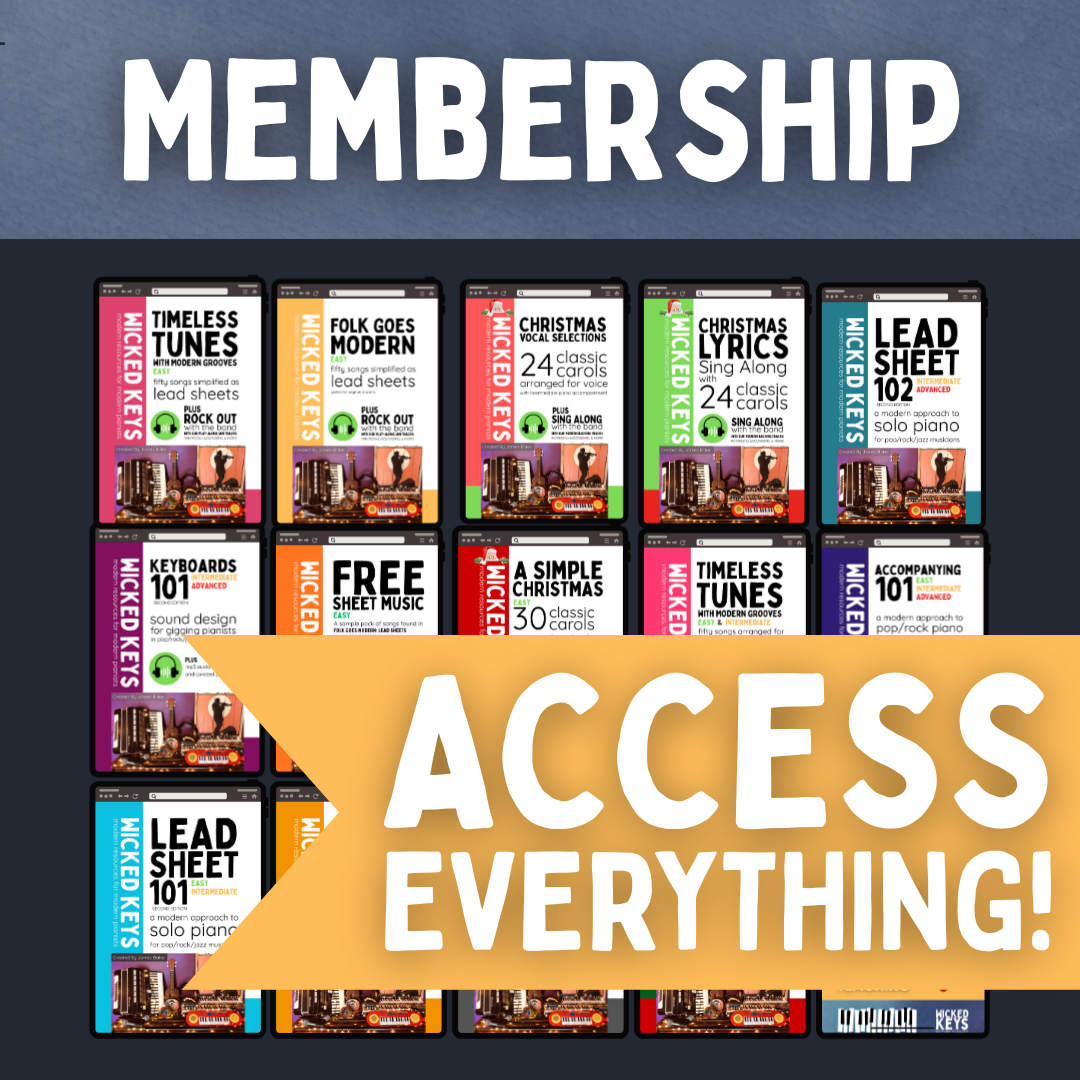
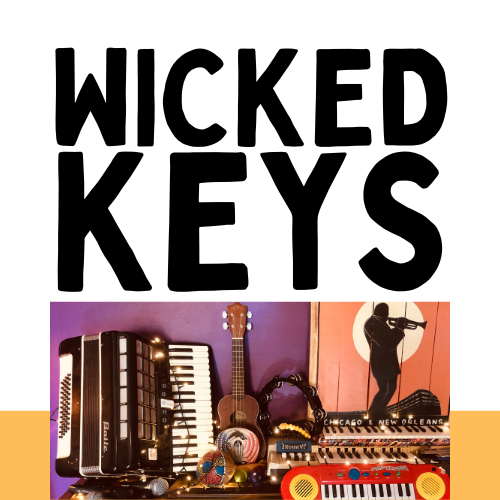
![Lead Sheet 101 eBook [Single License] Pay What You Can](http://wickedkeys.com.au/cdn/shop/files/wickedkeys.com.au.png?v=1760493645&width=533)
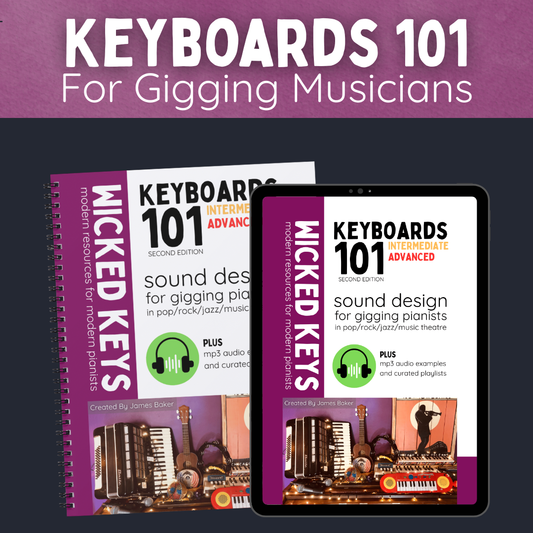
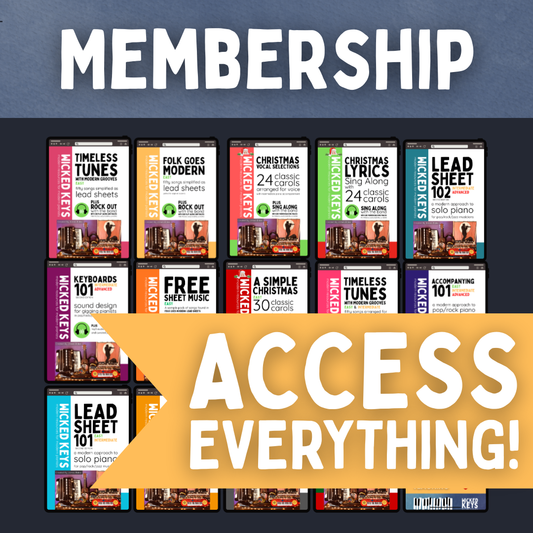
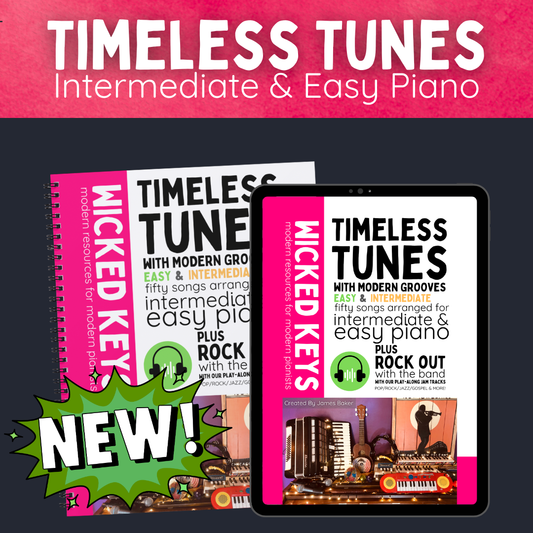
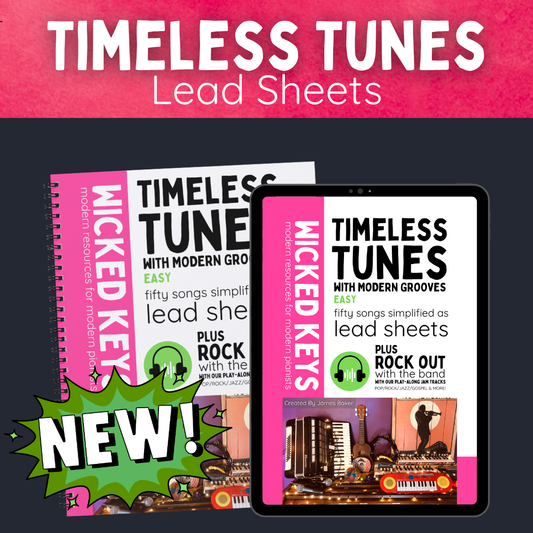
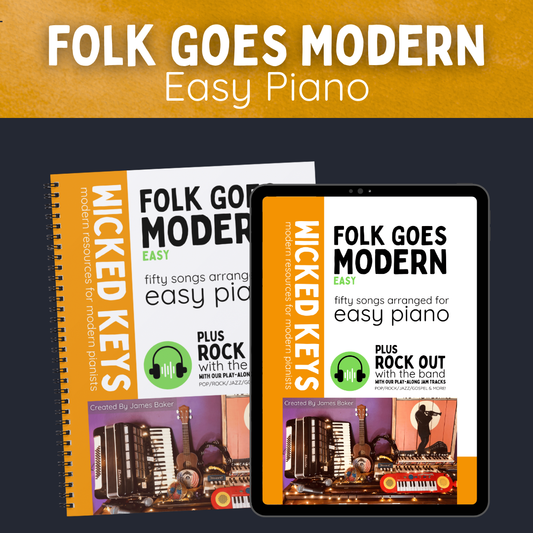
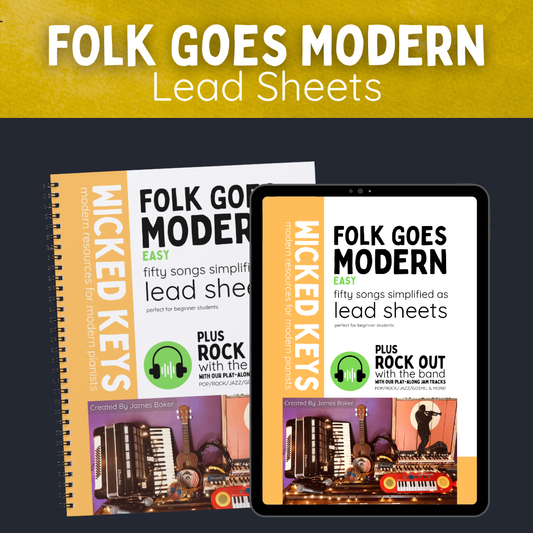
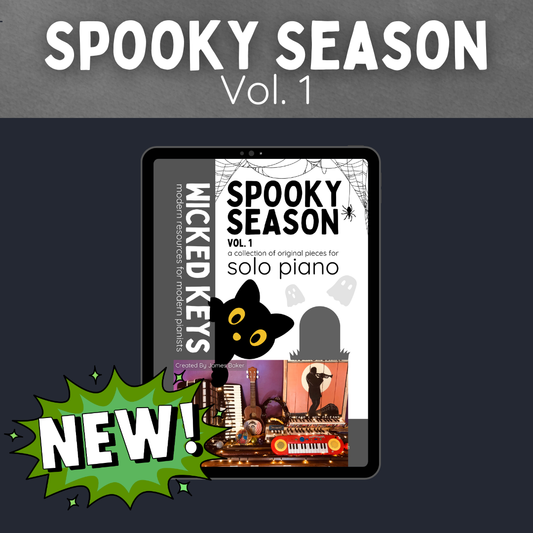
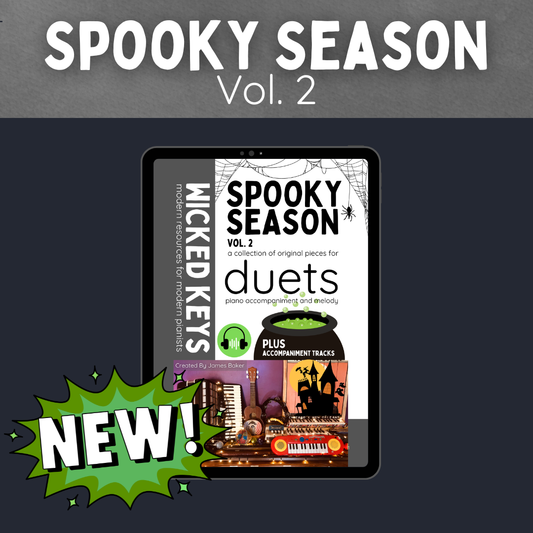
![An Easy Christmas eBook [Single License] Pay What You Can](http://wickedkeys.com.au/cdn/shop/files/Product_Cards-2.png?v=1760559825&width=533)
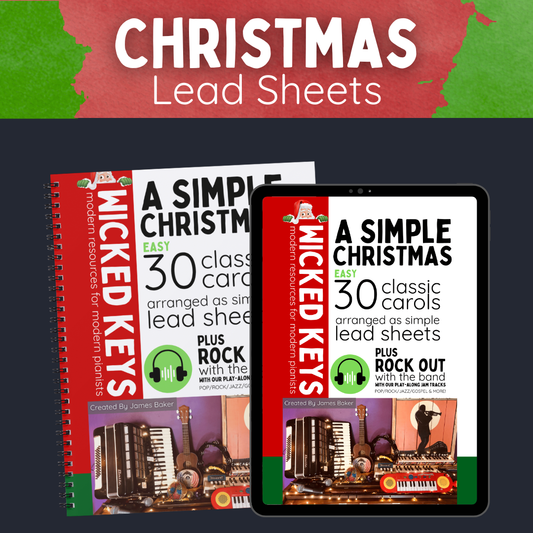
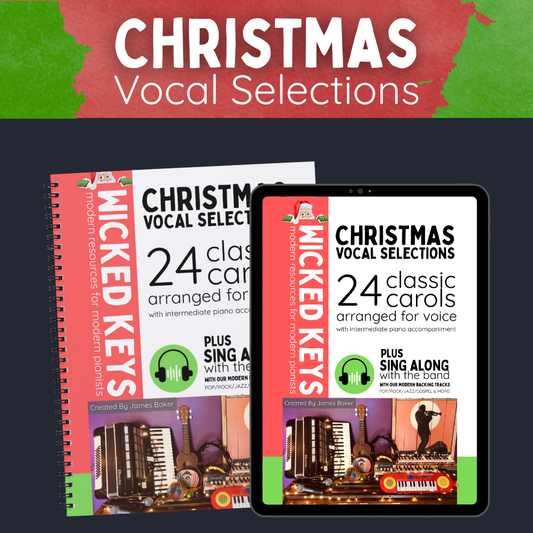
![[COMING SOON] Junior Jazz Vol. 1](http://wickedkeys.com.au/cdn/shop/files/22_497fc077-4911-4527-bfad-a7749288e7ca.png?v=1759207635&width=533)
![[COMING SOON] Beginner Blues Vol. 1](http://wickedkeys.com.au/cdn/shop/files/23_844563d1-4c1b-4d59-97de-72c8f9c5122a.png?v=1759207694&width=533)
![[COMING SOON] Accompanying 101](http://wickedkeys.com.au/cdn/shop/files/18_f4c8b907-7385-46b3-801a-77b28cf7d83d.png?v=1759143867&width=533)
![[COMING SOON] Lead Sheet 102](http://wickedkeys.com.au/cdn/shop/files/17_5e2c6a47-e49a-4de2-b4d8-c72a4ed236f6.png?v=1759143867&width=533)
![[COMING SOON] The Business of Teaching Music](http://wickedkeys.com.au/cdn/shop/files/13_9b7bd319-bf2d-4b22-997d-4df4caa52375.png?v=1759143866&width=533)